Do you know around 90% of adults in the US currently own a smartphone? Yes, it's true! To capitalize on such a huge audience, businesses are now launching mobile apps that enhance user experience and drive engagement.
That's the reason the global mobile application market is rapidly growing and is projected to reach USD 170.2 billion in 2033. If you are also thinking of building or improving your app, it's essential to stay updated with mobile app development trends to meet evolving user expectations.
To help you in this regard, we are going to discuss the top 10 mobile app development trends in 2025 and how you can leverage them to develop apps that stand out in the market. Continue reading!
A Glance Back at 2024
Before we discuss what mobile app development trends will be in the limelight in 2025, let's first look back at what shaped the mobile app development industry in 2024:

Growth of 5G-Enabled Apps
5G technology became widely available in 2024, and by the end of this year, one-quarter of all mobile subscriptions are projected to be 5G. This 5th-generation mobile network is 100 times faster than its predecessor, 4G, depending upon the operator.
It introduced a 10x decrease in end-to-end latency, making it possible for developers to add updates and new features to the mobile app without worrying about performance issues.
For instance, shopping apps started using AR to let users try products virtually, while gaming apps leveraged 5G for fast live streaming.
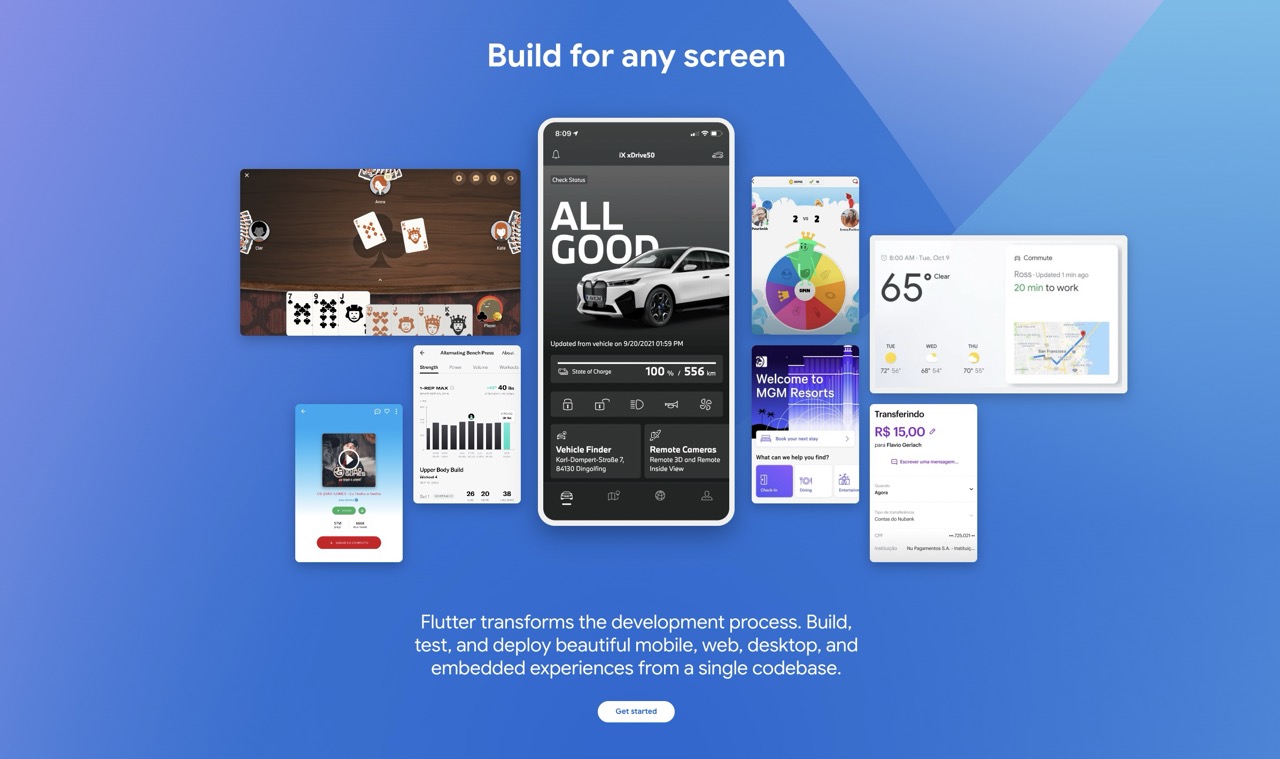
Popularity of Cross-Platform Frameworks
Another popular trend in 2024 was the popularity of cross-platform frameworks like Flutter and React Native.
These frameworks have robust testing capabilities and tools like integration testing and unit testing that help developers build high-quality Android and iOS apps.
The most important reason for developers to choose Flutter and React Native is their ability to create apps for different devices using the same code, which saves time and money.

Increased Emphasis on User Privacy and Data Security
Unfortunately, the threat of data breaches has grown in recent years.
That's why 48% have ceased purchasing from companies due to privacy concerns.
However, in 2024, strict laws like GDPR and CCPA pushed companies to improve their security practices. Developers have started integrating technologies like end-to-end encryption and 2FA authentication to keep user messages and data safe.
The Top 10 Mobile App Development Trends for 2025
Here are 10 amazing mobile app development trends for 2025 that you should know about to create mobile apps that aren't only intuitive but also secure:

1. AI-Powered Personalization
Nowadays, customers seek personalization. As per Forbes, 81% of customers prefer companies that offer a personalized experience. AI and ML are going to make this possible for businesses in 2025. How?
Well, using AI, they will be able to predict demand and anticipate user needs. For instance, you can incorporate AI in mobile apps to get an idea of what products customers are interested in. Based on this data, you can then provide them with personalized recommendations and promotions for a better user experience.
Netflix is a good example of AI-powered personalization. The app engine analyses a vast amount of data, including viewing habits, ratings, and searches, to provide personalized content recommendations for each viewer, engaging them for long.
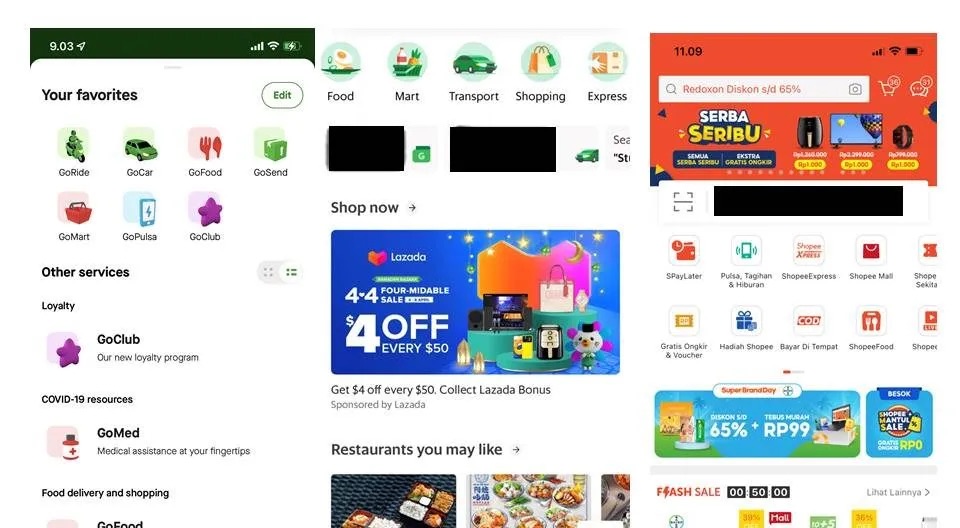
2. The Rise of Super Apps
The Rise of super apps is another one of the latest mobile app development trends that you will see in 2025. Typically, super apps refer to mobile applications that combine multiple services like messaging and payment in a single platform.
To put it simply, super apps are aggregators of traditional single-purpose apps, combining all their functionalities and creating an immersive virtual ecosystem.
In 2025, more and more businesses will try to launch super apps that provide a one-stop solution to all customer needs and increase overall revenue. Whether it's shopping, getting a taxi, or making payments, customers will be able to do everything without switching platforms.
WeChat, which was launched back in 2011, has now evolved into a super app. Today, the app offers multiple features, including text messaging, social networking, payment, and even games, and it has been hooking users to the platform for a long time.
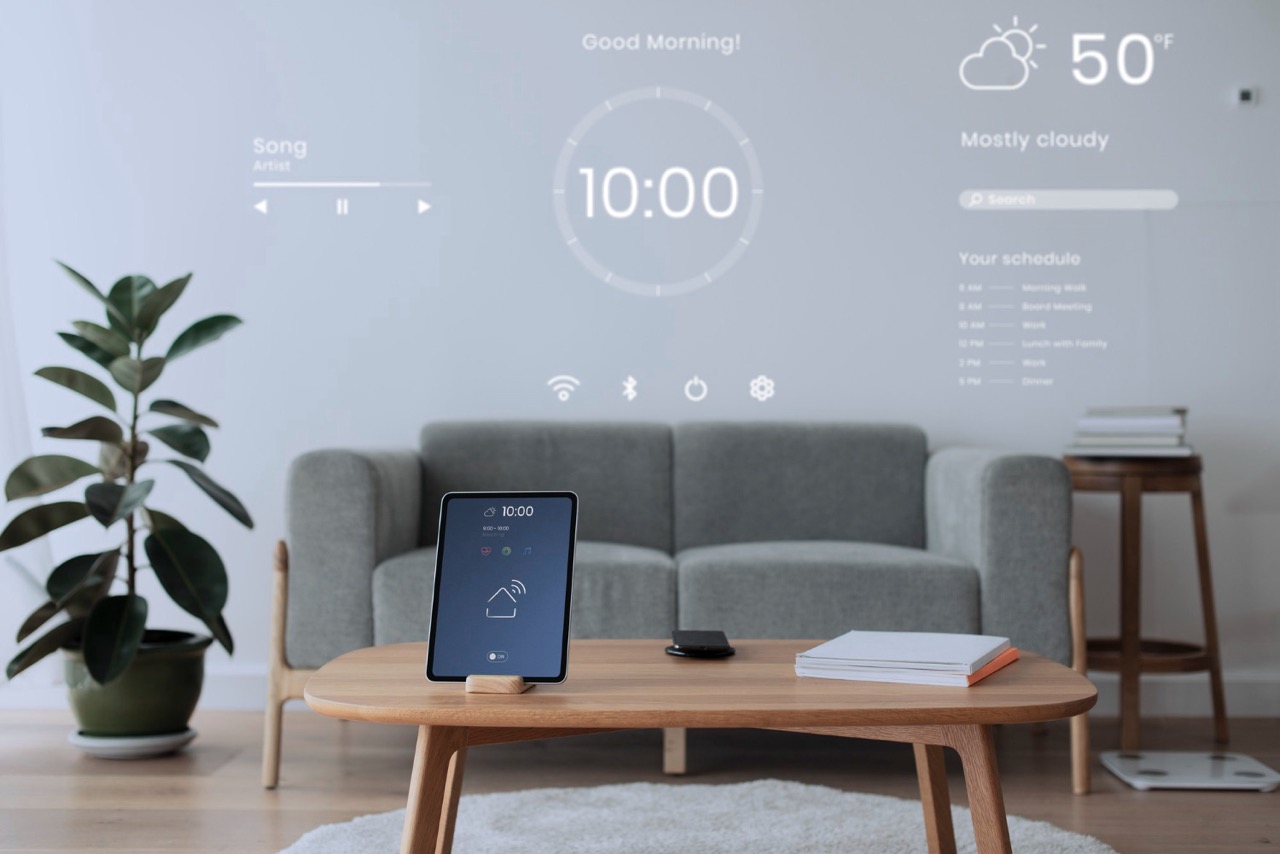
3. IoT Integration
IoT integration is no longer limited to electronics or appliances. Instead, this concept is all set to penetrate mobile applications in 2025, enabling them to connect to a wide range of IoT appliances.
For instance, IoT in mobile apps can allow users to control the working of their security cameras, monitor fitness data, and even adjust thermostat settings.
Although businesses like Nest and SmartThings are already making use of IoT for home automation; in upcoming years, it'll be everywhere in automobile, healthcare, and even agriculture apps.
Statistics also reveal that revenue from technology associated with the Internet of Things will be around 1.6 trillion by 2025.

4. AR/VR Applications
AR and VR are no longer mere buzzwords; instead, these two technologies are going to revolutionize mobile app development in 2025. Companies will use AR and VR in their mobile apps to provide users with realistic, real-time experiences.
For instance, they will offer users features like virtual try-ons, virtual tours for real estate, and even immersive gaming environments.
As we look around, we see that there are already companies leveraging AR and VR. For example, L'Oréal relied on these concepts to launch their virtual makeup app, which enables users to see how makeup will look on them before making a purchase.
IKEA also uses AR to let customers see how furniture will look in their place so they can pick the right piece for their home. However, the real growth of AR and VR is yet to come in 2025, which also makes it one of the latest mobile app development trends.
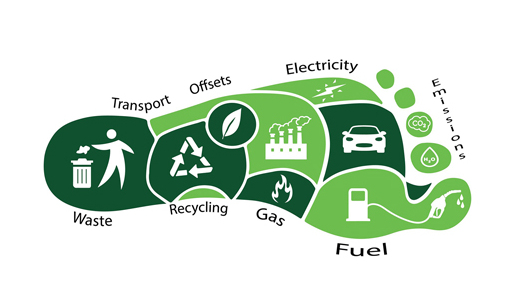
5. Sustainability in App Development
Eco-conscious consumers are increasing in number due to the worsening climate and high global warming. To cater to such an audience, businesses in 2025 will bring sustainability to app development.
They will tend to develop apps that use less battery power, putting less strain on devices and reducing overall carbon footprint.
On top of this, they may also utilize clean energy sources to power servers and equip applications with features like dark mode and screen brightness adjustment. This will help businesses position themselves as responsible, attracting a go-green community.
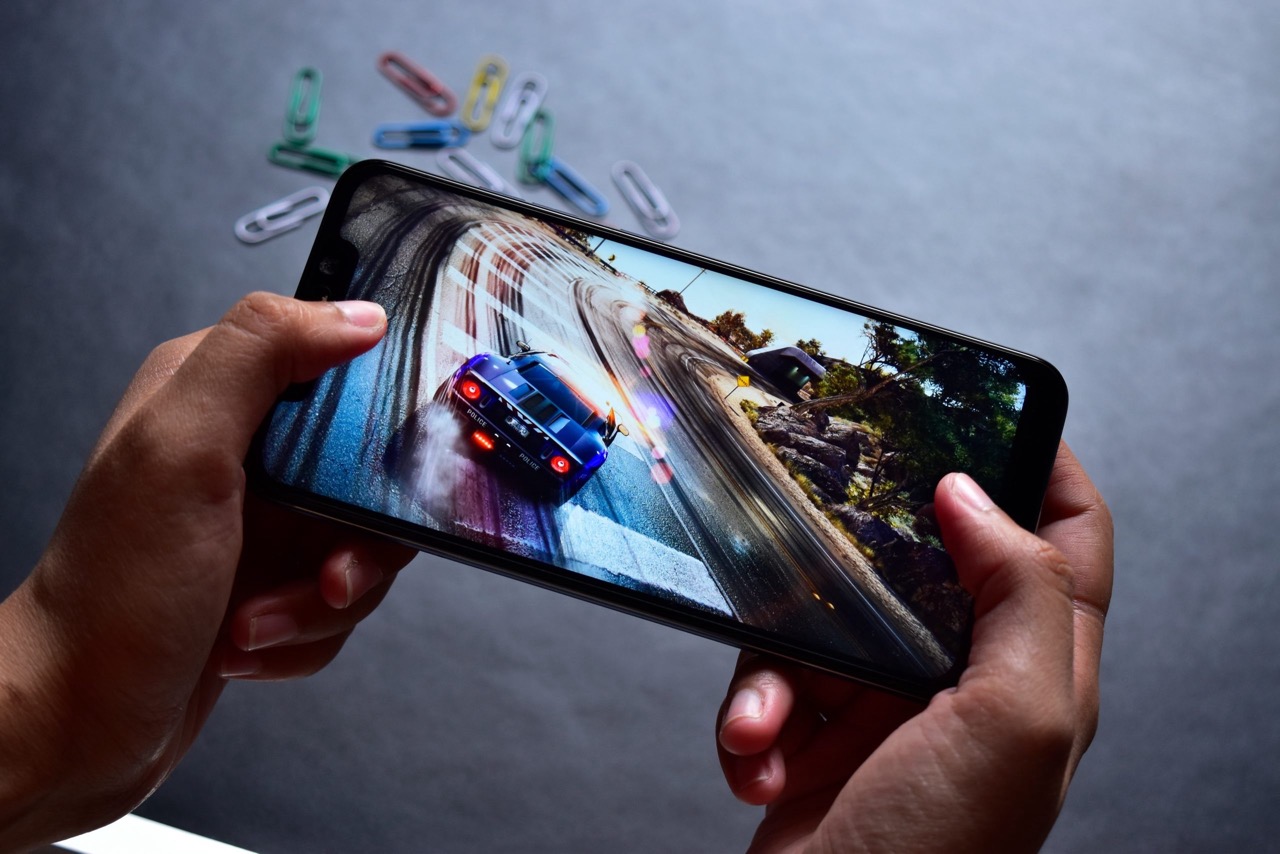
6. Real-Time Interactions with 5G
While 5G-enabled apps were trending in 2024, real-time interactions with 5G will be possible in 2025. So, what does that mean?
Well, with 5G, apps will be able to respond ultra-fast to user actions, thanks to 5 G's low latency and high-speed connectivity.
For instance, a video calling app with 5G technology will ensure crystal clear and lag-free communication, even in group calls. Gaming apps will allow multiple players to play simultaneously in real-time without any delays, keeping competition high.

7. Cross-Platform Dominance
One of the renowned mobile app development trends in 2025 will be cross-platform dominance.
Typically, cross-platform mobile app development refers to a process in which developers create apps compatible with multiple operating systems, such as Android as well as iOS, using a single code base.
Some popular frameworks that companies will use include Angular, Flutter, React, and Native. Developers will write the code once and use it across different platforms, saving time and resources while ensuring a consistent user experience.
This cross-platform dominance also makes it easy for companies to introduce changes and updates in the codebase as changes are made only in one place. In 2025, you'll see an increase in this trend as companies now want to reach more audiences without the cost and complexity of building new apps for each OS.

8. Advanced Security Measures
Looking at the high number of cyber-attacks and data breaches, customers or users are becoming highly reluctant to share their information with businesses. This makes it difficult for businesses to collect user data and, ultimately, a failure to offer personalized experiences.
However, in 2025, they will adopt advanced security measures in mobile apps to protect users' information and build trust. For instance, there will be integration of end-to-end encryption and secure APIs so sensitive information is protected during sharing and storage.
Not only this, but it'll be mandatory to comply with privacy laws such as GDPR and CCPA. Businesses will become transparent about how they handle customers' data, giving users more control over their information for a trustworthy experience.
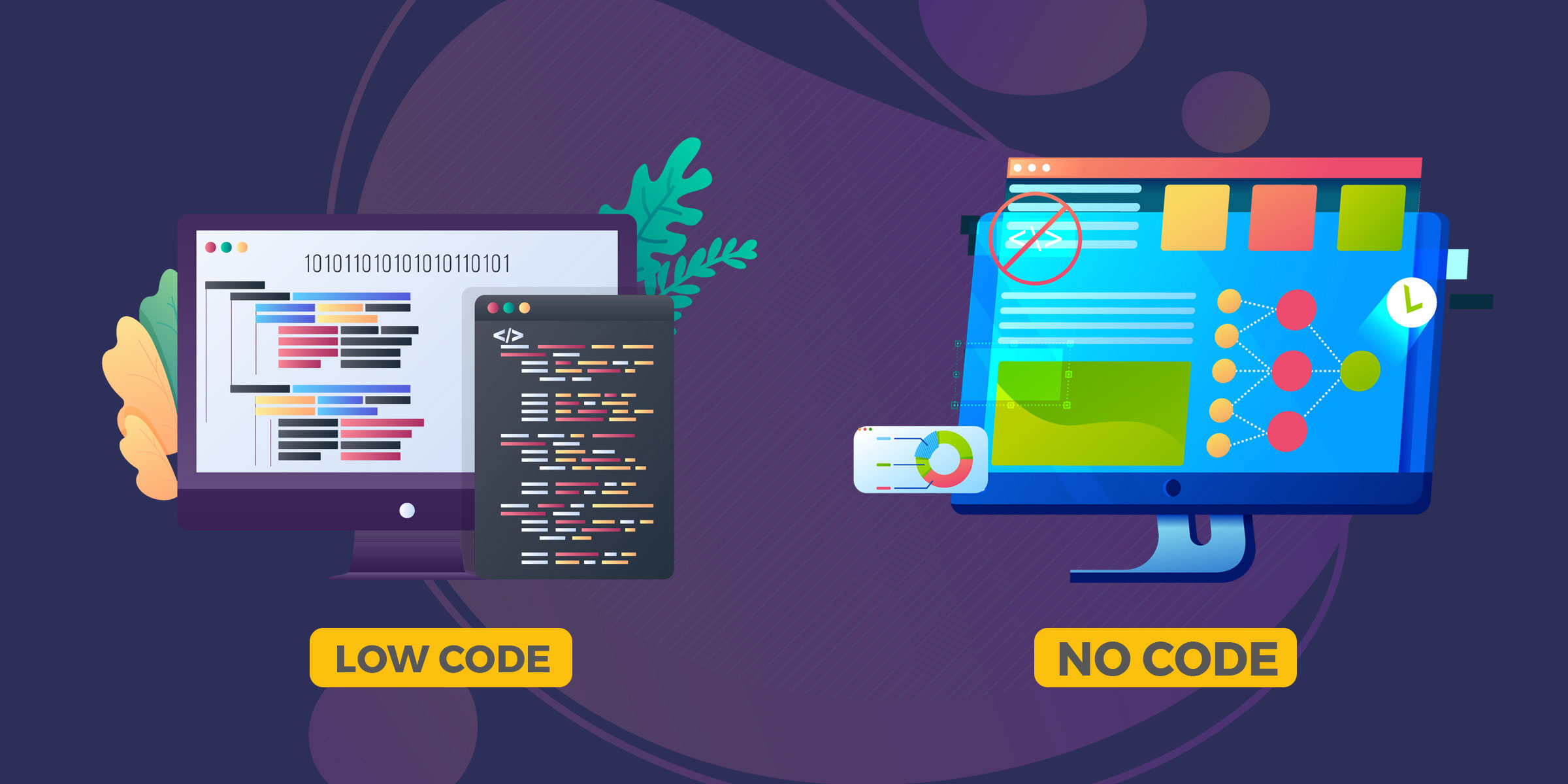
9. Low-Code and No-Code Platforms
You'll be surprised to know that around 70% of new business applications will be using low-code/no-code technologies by 2025. Isn't it huge? So, in 2025, more and more businesses will be embracing these popular mobile application trends.
There are many reasons behind this popularity: faster mobile application development, as developers don't have to write code line by line, and savings in cost, as businesses don't have to spend much on employee training.
Some popular platforms that are a great help in creating low-code and no-code mobile applications include Appian, Mendix, and Softr.
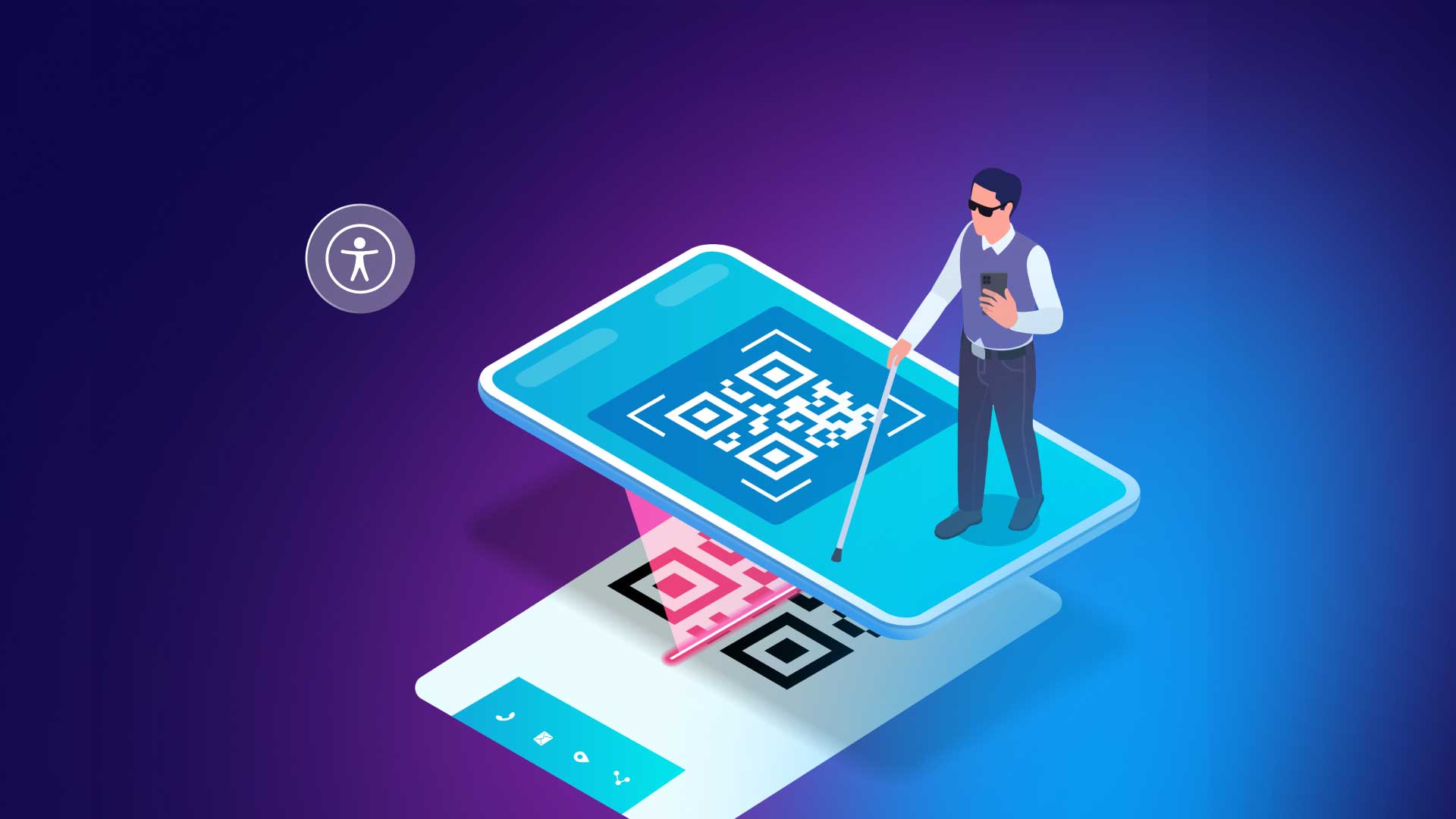
10. Enhanced Accessibility
Do you know that 16% of the world's population comprises disabled people? So, one of the much-needed mobile app development trends to look for in 2025 is making apps that cater to the needs of everyone, including people with special needs.
For instance, apps will include features like screen readers for visually impaired users, allowing them to interact with apps through audio feedback. There will be the addition of voice commands so people with mobility issues can interact with the app without having to touch screens or devices.
A good example of such an inclusive app is SpeakLiz, developed by an Ecuadorian start-up that's specially designed for the deaf community. It utilizes AI to transcript written text to sound and can alert deaf people regarding nearby sounds, whether it's a vehicle.
How Can Businesses Prepare for 2025 Mobile App Development Trends?
If you are a business wondering how you can prepare for the mobile app development trends of 2025, here are some tips:
- Evaluate Current App Architecture for Scalability: Assess your current app development structure and evaluate whether it can handle a wide range of users and data. It's essential to make your app development infrastructure more scalable by adopting cloud-based solutions and microservices.
- Focus on Sustainable and Secure App Practices: You should focus on creating apps that are sustainable and secure. For instance, make apps that consume way less energy and run on systems using renewable energy sources. Also, security measures like encryption, 2-factor authentication, and regular security audits should be prioritized.
- Invest in Cross-Platform Development Tools: As cross-platform development will take traction in 2025, you should invest in tools and frameworks like Flutter, React, and Native. This will help you create mobile applications that run on multiple operating systems without any additional costs and code work.
- Stay Updated on AI and AR/VR Advancements: Artificial intelligence, along with Virtual Reality/Augmented Reality, is set to transform mobile application development, so you should learn about advancements in these fields. This will result in apps that are more immersive and offer a personalized user experience.
Expert Predictions
Here are some statistics or predictions about mobile app development trends in 2025:
- In 2025, there will be around 1.07 billion mobile AR users, and this number is expected to hit 1.19 billion by 2028.
- More and more AI apps will be developed, and the market size of AI mobile apps will reach a whopping 9.68 billion US dollars by the year 2026.
- Gartner says more than 50% of the global population will use multiple super apps by 2027.
FAQs
How can small businesses adapt to these trends?
To adapt to these mobile app development trends of 2025, small businesses should use cloud services and also invest in cross-platform development frameworks like React Native and Flutter. This will help you build scalable applications that run on both Android and iOS.
Is AI necessary for future-proofing mobile apps?
Yes, AI is necessary to future-proof mobile apps as there's a huge demand for personalized experiences. AI analyzes user behavior and predicts preferences so you can offer users what they are looking for, enhancing satisfaction.
How do cross-platform frameworks improve app development efficiency?
Cross-platform frameworks eliminate the need to write different codes for different operating systems. With a single code, you can develop mobile applications for both Android and iOS. This reduces cost and application development time, improving the overall efficiency of the development process.
Conclusion
It's important to keep an eye on all mobile app development trends in 2025 to ensure your apps are user-friendly, secure, and multi-functional. However, if you are struggling to develop top-notch mobile apps, CodeBudee has your back. We have a team of experienced developers who are well aware of current mobile app technology trends and create user-centric as well as secure apps for your business.
Contact us today, and let's create an app that stands out in 2025 and beyond!


